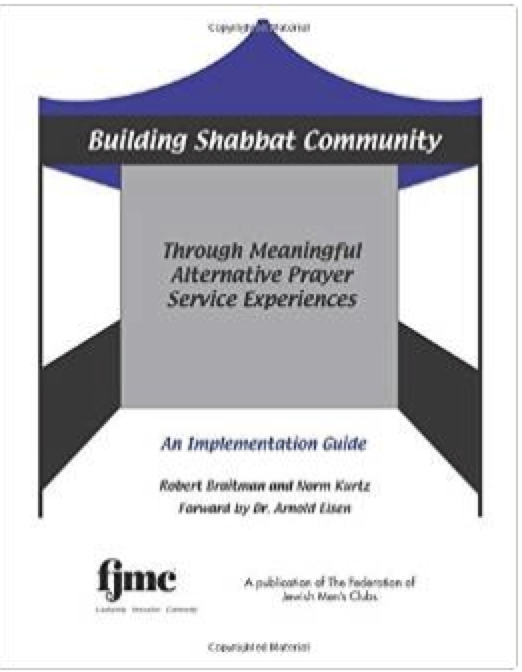Read about Alternative Shabbat Experiences from other FJMC Members or Post your own by clicking "new topic" here.


Bob and Norm present two “models” that have a proven track record as well as practical advice on how to get started. Feel free to use these models or adapt them to what works best in your own community. You will notice that there is considerable overlap between these models. Again, take what is most applicable to your setting and make it your own.
| Model #1: Learner's Service | Model #2: The Interpretive/Experiential Service |
|---|---|
| Goals: Comfort-provide attendees with a level of comfort when they attend a Shabbat morning service.
Knowledge: give attendees the basic information that they need to understand what happens during the service and to comprehend the meaning of the prayers Meaning: Provide a context for the prayer experience that resonates with their lives. Why is this experience meaningful to them? To view prayer from a variety of perspectives-God as Creator, God as Revealer, and God as a personal and caring “partner”. Can religious language be beneficial even when faith and belief is in doubt? Motivation: To return and become a part of the congregation either in the “traditional” or “experiential” services. To foster potentially stimulating eye-opening, mind and heart opening receptivity to sense the wonder and grandeur that may be derived from Jewish prayer. |
Objective: To provide the members of our communities with a portal to Shabbat morning prayer that is welcoming, comfortable, meaningful, educational, spiritual and based in our customs and traditions.
Definition: This is not a learners’ service per se, but rather it is a service designed for adults, regardless of whether literate in Hebrew, who wish to share community on Shabbat morning; who wish to have a regular Shabbat morning prayer experience; and who wish to improve their understanding of Shabbat, of prayer and of Torah by participating in a prayer service on regular basis on Shabbat morning. This is designed to be offered as an ongoing alternative to the “traditional” service each week. Attendees may continue to attend this service or the traditional service as they like. |
More ways to build community through prayer:
- Alternative Minyans
- Shiva Minyan Resources

